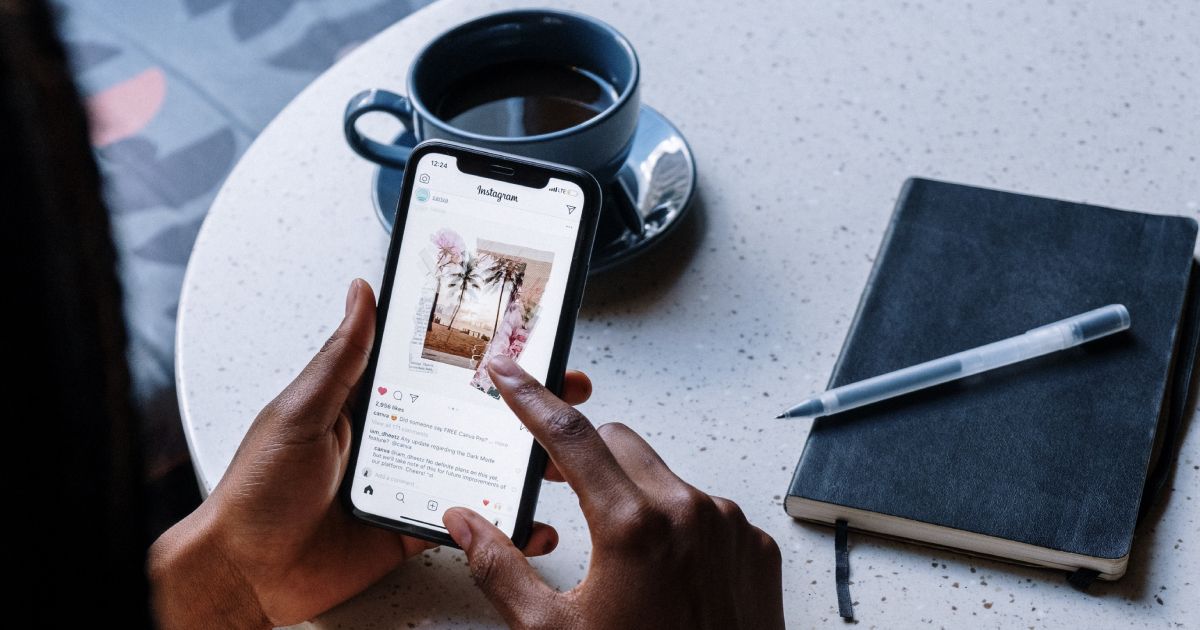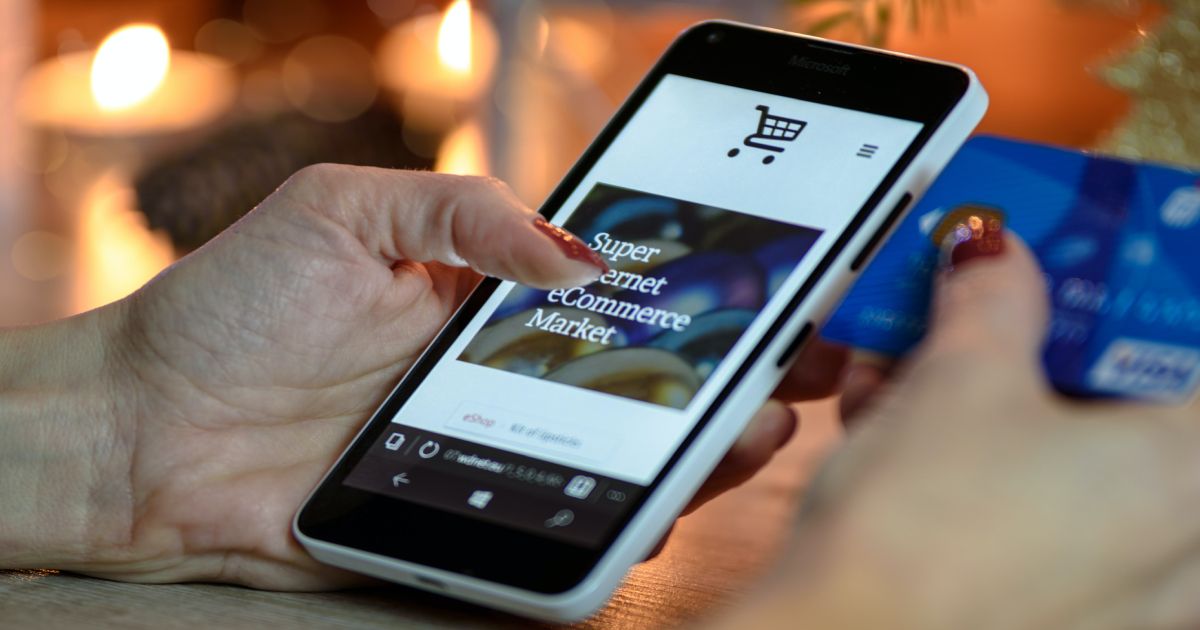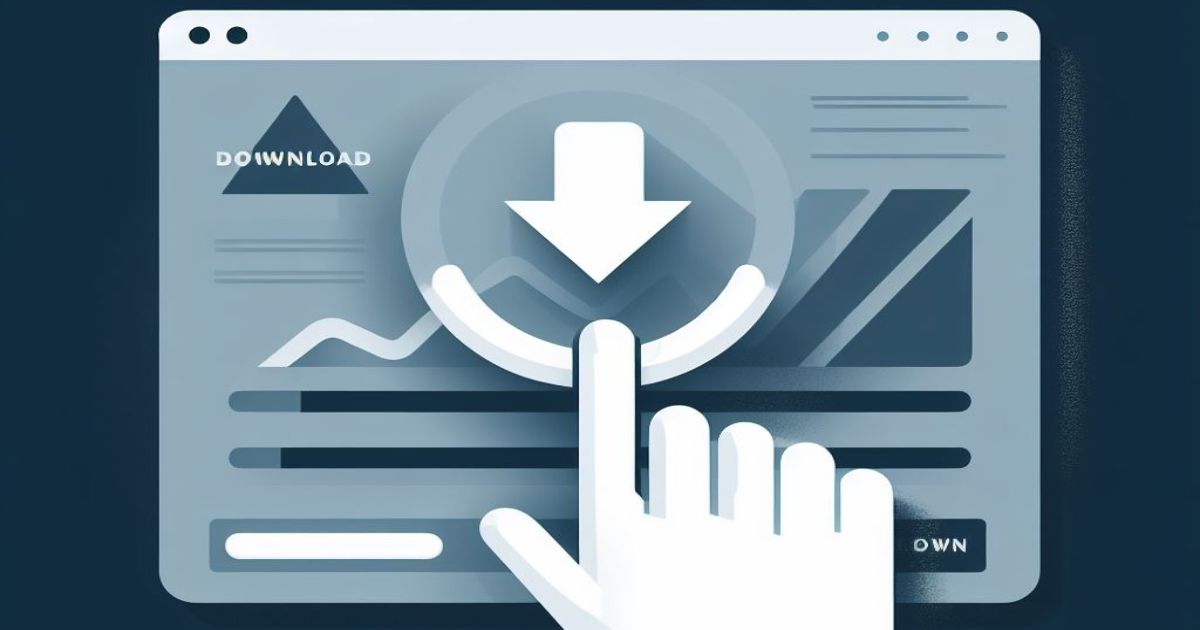10 Effective Strategies to Monetize Mobile Apps

Mobile apps have become a ubiquitous part of our daily lives, providing solutions to various needs and problems. For developers and businesses, these apps present lucrative opportunities for monetization. However, with millions of apps available in app stores, standing out and generating revenue can be challenging.
To help you navigate the monetization landscape, here are some of the top strategies for making money with your mobile app:
1) In-App Advertising

In-app advertising stands as one of the most prevalent methods to monetize mobile apps effectively with examples including Instagram, TikTok and YouTube. It seamlessly integrates ads within the app's user interface, allowing developers to generate revenue without charging users upfront. The versatility of in-app advertising is notable, offering various ad formats like banner ads, interstitial ads, native ads, and rewarded video ads. Banner ads are typically displayed at the top or bottom of the screen, while interstitial ads appear during natural transition points within the app. Native ads blend seamlessly with the app's content, providing a non-intrusive advertising experience. Lastly, rewarded video ads incentivize users by offering rewards, such as in-game currency or additional app features, in exchange for viewing a video advertisement. Partnering with established ad networks like Google AdMob, Facebook Audience Network, or AppLovin can optimize your in-app advertising strategy by providing access to targeted ads and a portion of the ad revenue, ensuring a sustainable income stream for your app.
However, implementing in-app advertising successfully requires a delicate balance. It's crucial to consider user experience and avoid overwhelming users with excessive or irrelevant ads, as this can lead to a decline in user engagement and retention. Users should perceive ads as valuable and non-disruptive to maintain a positive app experience. Additionally, ad placement and timing are critical factors that can impact user satisfaction. To maximize the effectiveness of your in-app advertising strategy, it's essential to analyze user behavior and preferences, allowing you to tailor ad placements and formats to align with your target audience's expectations. By providing a seamless and user-centric ad experience, you can not only generate revenue but also enhance user satisfaction and foster long-term app success.
2) In-App Purchases (IAP)

In-app purchases represent a versatile and lucrative monetization strategy for mobile apps, offering developers the ability to sell a wide array of digital or physical items directly within their applications. This strategy allows app creators to provide both free and premium content to their user base. Users can choose to enhance their experience by unlocking premium features, purchasing virtual currency, or subscribing to exclusive services. The appeal of in-app purchases lies in their capacity to cater to various user needs and preferences, from gaming apps like Candy Crush Saga and Fortnite offering power-ups and skins to fitness apps offering premium workout plans like MyFitnessPal. By strategically implementing in-app purchases that align with your app's core value proposition, you can generate substantial revenue while providing users with personalized, value-added options.
Successful in-app purchases hinge on offering a seamless and engaging shopping experience. User-friendly interfaces that guide users through the purchasing process, clear pricing structures, and the option to securely store payment information can all contribute to higher conversion rates. Additionally, it's essential to strike a balance between free and paid content, ensuring that users can enjoy a satisfying app experience even without making purchases. Monitoring user behavior and collecting feedback can help refine your in-app purchase offerings and pricing strategies over time, ultimately optimizing revenue generation while maintaining a loyal and engaged user base.
3) Subscription Models

Subscription models have emerged as a dominant monetization strategy for mobile apps, particularly for those offering continuous value or content-rich experiences like Netflix, Spotify, and Peloton. These models are characterized by users paying a regular fee, typically on a monthly or annual basis, to access premium features, content, or services within the app. For businesses and app developers, subscription monetization offers several advantages, including predictable and recurring revenue streams. It also fosters a closer and more enduring relationship with users who are committed to receiving ongoing value. When implementing subscription models, it's vital to strike a balance between the free and premium content to incentivize users to subscribe. Additionally, providing a seamless and user-friendly subscription management system, including flexible pricing tiers and easy cancellation options, can enhance user satisfaction and retention.
Successful subscription models require a keen understanding of your target audience's needs and preferences. Your premium offerings should be tailored to address pain points and deliver unique benefits that resonate with your user base. Regularly update and refresh your content to keep subscribers engaged and justify the recurring payments. Furthermore, leveraging analytics to track user behavior, analyze subscription churn rates, and gather user feedback can help refine your subscription offerings and pricing strategies over time. With the right approach, subscription models can not only drive revenue but also establish a loyal and committed user community around your app.
4) Freemium Model

The freemium monetization model has gained substantial traction in the mobile app industry with examples including Tinder, Duolingo, and Evernote. It's a strategy that entices users with a free version of the app, granting them access to essential features or content. However, to unlock more advanced capabilities, users are prompted to subscribe or make in-app purchases. This approach is effective in attracting a large user base, as the barrier to entry is low. Users can explore the app's core functionalities without an initial financial commitment. The success of the freemium model hinges on finding the right balance. The free version should be valuable and engaging enough to retain users, while the premium features or content should offer compelling incentives to upgrade.
When implementing the freemium model, consider the strategic placement of premium content or features within the app. This can involve offering additional levels, customization options, ad-free experiences, or exclusive content. Regularly analyze user behavior and feedback to fine-tune your freemium strategy. Optimize the transition from free to premium to minimize friction and ensure a seamless user experience. When executed effectively, the freemium model not only attracts a broad user base but also has the potential to convert a significant portion of those users into paying customers, providing a steady stream of revenue for your app.
5) Affiliate Marketing

Affiliate marketing is a lucrative monetization strategy that can enhance your mobile app's revenue stream. It operates on a simple principle: you collaborate with other businesses to promote their products or services to your app's users. When users click on affiliate links or make purchases through those links, you earn a commission. The key to successful affiliate marketing lies in selecting products or services that resonate with your app's audience. It's essential to maintain alignment between the affiliate offerings and your app's niche or target demographic. This ensures that the promotions feel natural and valuable to your users, increasing the likelihood of conversions.
To implement affiliate marketing effectively, establish partnerships with reputable affiliate programs and track performance metrics closely. The affiliate products or services should complement your app's content or functionalities. It's advisable to provide transparent disclosures about affiliate links to maintain trust with your users. By integrating affiliate marketing strategically, your app can generate additional revenue while offering users valuable recommendations and opportunities they might genuinely appreciate.
6) Sponsorships and Partnerships

Partnering with brands and businesses through sponsorships or collaborations can significantly boost your mobile app's revenue while enhancing the user experience. This strategy is particularly effective for apps with a substantial user base or those catering to a specific niche. Sponsored content, events, or exclusive features can all serve as avenues for generating income. By aligning your app with relevant sponsors or partners, you can offer users valuable content or opportunities they might not find elsewhere, ultimately increasing user engagement and loyalty.
To implement sponsorship and partnership opportunities effectively, it's crucial to maintain transparency with your users. Clearly disclose any sponsored content or collaborations so that users are aware of the nature of these arrangements. When selecting sponsors or partners, ensure that their values and offerings align with your app's purpose and target audience. By focusing on meaningful and mutually beneficial partnerships, you can maximize monetization potential while preserving the integrity of your app.
7) Data Monetization

Monetizing user data can be a lucrative strategy for mobile apps, but it comes with significant responsibilities. Collecting anonymized user insights and selling them to market research firms or advertisers can provide a substantial revenue stream. However, the utmost priority must be placed on user privacy and data security. To ensure ethical and legal practices, always obtain explicit user consent for data collection and sharing. Transparent data policies and robust security measures not only protect user trust but also safeguard your app against potential legal issues and reputational damage.
Successful data monetization involves striking a balance between revenue generation and user trust. Implement stringent data protection measures, such as encryption and secure storage, to safeguard sensitive information. Moreover, consider allowing users to opt-in to data sharing and provide them with clear information about how their data will be used. This approach not only ensures compliance with data protection regulations like GDPR but also builds a foundation of trust with your user base. When executed ethically and responsibly, data monetization can be a sustainable income source for your app.
8) Crowdfunding

Crowdfunding has become a viable monetization strategy for many app developers and content creators, thanks to platforms like Patreon and Kickstarter. This approach thrives on the support of a passionate and engaged user community. For apps that offer unique and creative content or experiences, crowdfunding can be an effective way to secure funding and build a loyal fan base. Creators often offer various tiers of rewards or exclusive content to backers, incentivizing users to contribute financially to the project's success.
Successful crowdfunding campaigns require effective marketing and clear communication of the app's value proposition. Creators must engage their audience, showcase their vision, and offer compelling incentives to entice backers. Crowdfunding not only provides financial resources but also fosters a sense of community and shared ownership among supporters. By aligning the app's development with the interests and desires of its users, crowdfunding can lead to the creation of high-quality, user-focused apps.
9) E-commerce Integration

Incorporating e-commerce functionality into your mobile app can transform it into a thriving sales channel. This monetization strategy is particularly beneficial for apps associated with retail, fashion, or any industry where physical products play a role. With e-commerce integration, users can seamlessly browse and purchase items within the app, creating a streamlined shopping experience. This convenience not only enhances user engagement but also translates into revenue through product sales. To succeed with this strategy, it's essential to ensure a user-friendly and secure payment process, provide detailed product information, and implement effective inventory management to meet customer demands.
Furthermore, e-commerce within your app can facilitate personalized recommendations and targeted promotions based on user preferences and browsing behavior, further boosting sales and customer satisfaction. To optimize this monetization method, consider offering special promotions, loyalty programs, or exclusive discounts to incentivize users to make purchases. Building trust in the security of transactions and ensuring transparent shipping and return policies are also key factors in the success of e-commerce within your mobile app.
10) Pay-Per-Download

Charging users for app downloads, often referred to as a 'paid app model,' can be a viable monetization strategy if your app provides exceptional value or serves a niche audience with specialized features. It's essential to carefully consider your pricing strategy to strike the right balance between covering development costs and making your app accessible to your target audience. Additionally, offering a free trial version or a 'lite' version of your app with limited features can help users experience its value before committing to a purchase. This approach can provide a taste of what your app offers and incentivize users to upgrade to the paid version for the full experience.
Another aspect to consider when using the paid app model is the need for ongoing updates and support to maintain user satisfaction and encourage positive reviews. Users who pay for your app expect a high level of quality and continuous improvements. Regularly releasing updates with new features, bug fixes, and optimizations can help keep your paying customers engaged and satisfied, increasing the likelihood of positive word-of-mouth recommendations and repeat purchases for future app versions or related products.
Final Thoughts
In conclusion, successful app monetization requires a well-thought-out strategy tailored to your app's purpose, audience, and value proposition. Consider a combination of these monetization methods to diversify your revenue streams and maximize your app's earning potential. Additionally, user experience and value should always remain at the forefront to retain and attract users, ultimately leading to sustainable monetization.
Remember that the effectiveness of these strategies can vary depending on your app's niche, target audience, and overall user experience. It's essential to continually analyze user behavior and adapt your monetization strategy accordingly to optimize revenue while providing value to your users.
If you or your organization are interested in implementing monetization strategies for your mobile app, please don't hesitate to reach out to us for a consultation.





